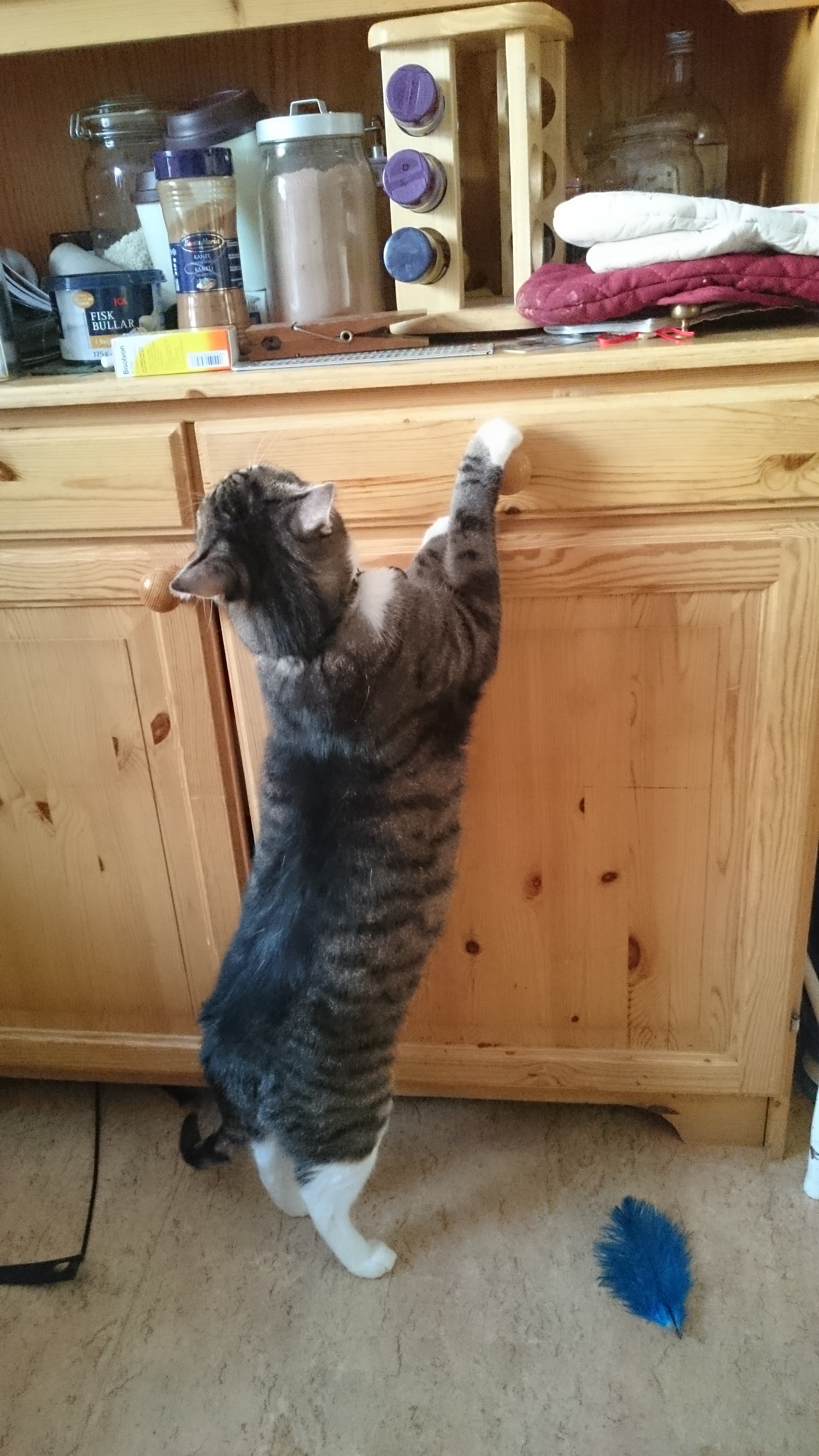Preparing your home for your new furry arrival is an exciting time. Whether you’re a first-time pet parent or an old hand, it’s always a mix of emotions. Will everything go smoothly? Will they be safe and happy? One way you can protect your new charge is by pet-proofing your home.
Frankly, there are so many potential hazards, ranging from sugar-free gum to antifreeze, that it’s worth reviewing your home periodically, even if you’re used to living with pets.
It starts with an awareness of common pet hazards.
10 Common Household Items That Are Dangerous to Pets 
- Cleaning products
- Mothballs
- Fabric softener sheets
- Antifreeze
- Pesticides
- Certain plants such as lilies, daffodils, and English ivy
- Essential Oils
- Medications
- Chocolate
- Gum/candy sweetened with xylitol
Dog trainers will tell you that pet-proofing your home is all about management. In other words, don’t expect your dog or cat to “know” certain things, but instead, make it difficult for them to behave in a way you don’t want them to behave. It’s far simpler that way.
5 Simple Ways to Make Your Home Safer for Pets (and Save Your Sanity)
When you’re thinking of household management, start with the obvious.
Trash cans with lids
Don’t want curious pups in the trash and eating things they shouldn’t? Make it harder for them to get to the goods. Use a trash can with a lid, preferably one that operates with a foot lever to make it easy on you.
Use child-proof locks on cabinet doors
They’re simple to install and will keep your dog or cat from opening cabinets and helping themselves to things they shouldn’t.
Bonus points: If you have a chewer and you think your dog is prone to chewing on the lock, then keep them out of that room unless you’re supervising.
Keep the potty lid closed
To keep small kittens from falling in or pets from ingesting cleaning chemicals when they drink the water, just block their access to toilet water by closing the lid. It seems so gross to us, but this water is always cool, and it often is just the right level to reach!
Keep dangling wires/cords out of reach
These are irresistible to kittens and puppies who are likely to chew through them. Rethink your extension cords, phone cords, or even lamp cords.
Close closets/drawers

Closets and drawers can have all sorts of fun things like shoes and dangling belts/cords. The latter can be dangerous if your dog or cat gets entangled in them.
Assuming you’d like to keep your wardrobe intact and your pets safe, keep drawers and closets closed when not in use. Just make sure you double check the whereabouts of your pets prior so you don’t accidentally lock them in!
When it comes to pet-proofing your home, remember that everything from bleach to spray bottles of window cleaner can look tasty to curious minds, and in general, dogs and cats younger than three will go through different chewing phases as they mature. So even though your pet may be a little older, it’s good practice to keep your home pet-friendly by locking up anything that could pose a hazard.
Do you have pet proofing tips that you’d like to share? If you have questions about the safety of your home for your precious pets, feel free to contact us!

